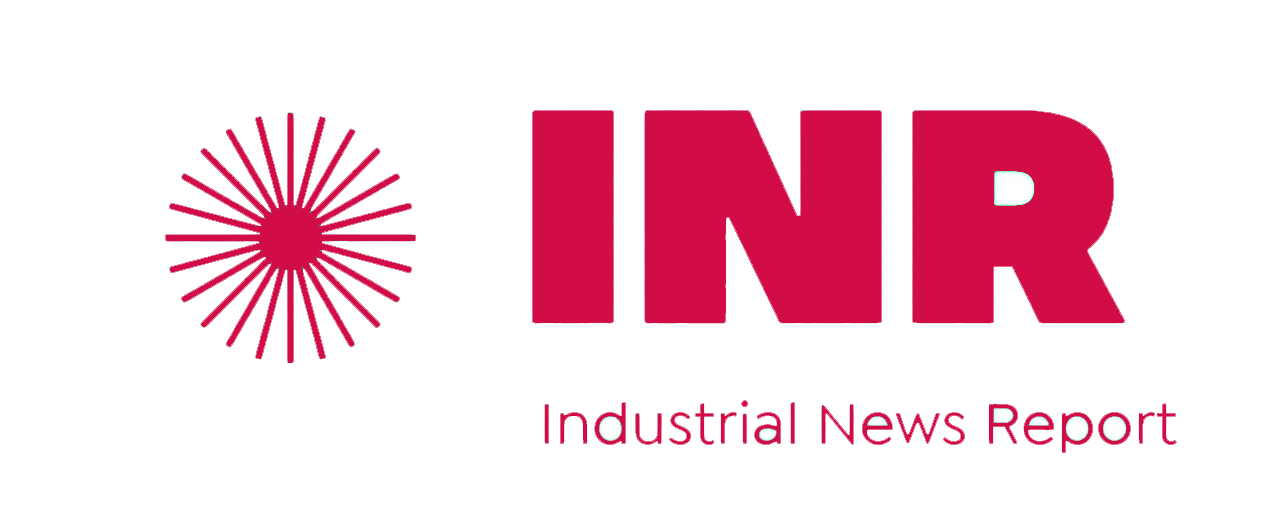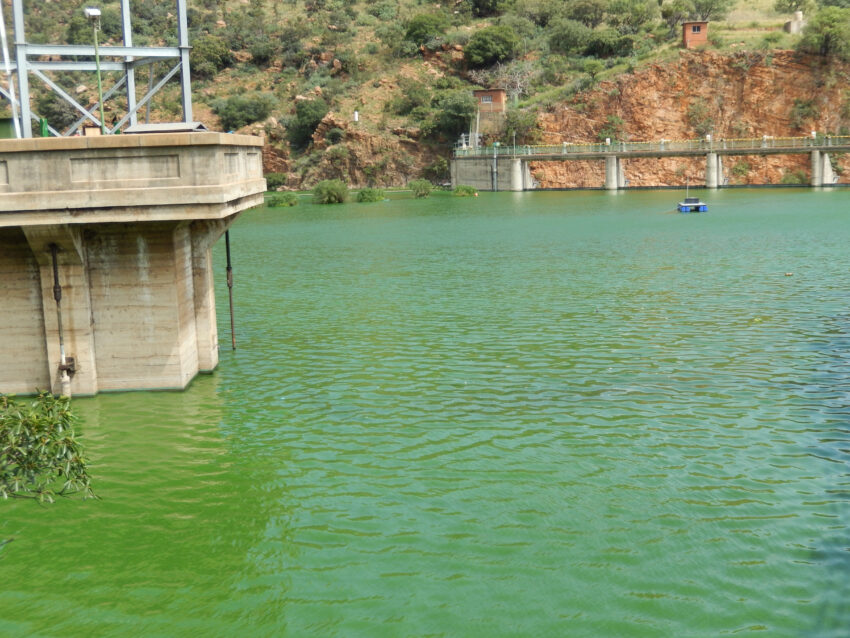Traditional reservoir management often reacts to problems instead of preventing them. The Reservoir Risk Assessment and Tracking System (RRATS) offers a proactive solution by measuring key indicators that drive eutrophication and harmful algal blooms (HABs).
Instead of relying on outdated metrics like the Trophic State Index (TSI)—which primarily measures symptoms—RRATS tracks hypoxia levels, sediment nutrient recycling, and phytoplankton biodiversity to target the root causes of water degradation.
The Problem with Traditional Monitoring
Developed in the 1970s, the TSI assesses water clarity, algae levels, and phosphorus content, but it fails to distinguish harmful cyanobacteria from other algae and overlooks critical drivers of hypoxia. Relying on TSI often leads to short-term fixes, such as using algaecides or phosphorus precipitants, which can worsen long-term water quality by increasing nutrient recycling in sediment.
A Data-Driven Solution
RRATS provides a Reservoir Risk Index (RRI), offering a clear, objective score for assessing reservoir health. By measuring the volume of hypoxic water, sediment conditions, and phytoplankton balance, RRATS enables early intervention and targeted resource allocation. This shifts management from reactive crisis response to proactive prevention, reducing HAB outbreaks and improving long-term water quality.
Innovative Intervention Strategies
RRATS supports modern water restoration technologies like Rapid Acting Dissolved Oxygen Restoration (RADOR) systems, which prevent hypoxia and stabilize ecosystems. Additionally, enzymatic treatments can break down organic sediment, while micronutrient balancing fosters beneficial algae growth, restoring natural competition and biodiversity.
The Future of Reservoir Management
By integrating RRATS and RRI, water managers can effectively track, prevent, and mitigate water quality risks—ensuring sustainable, long-term water resource management.
Learn more about RRATS and how it can revolutionize your reservoir management strategy at www.clean-flo.com.

